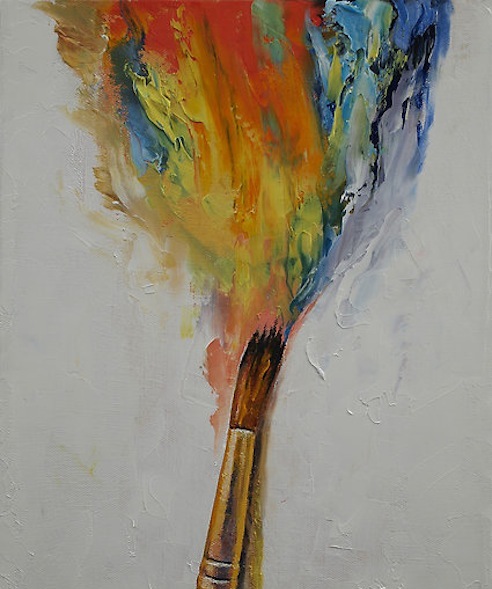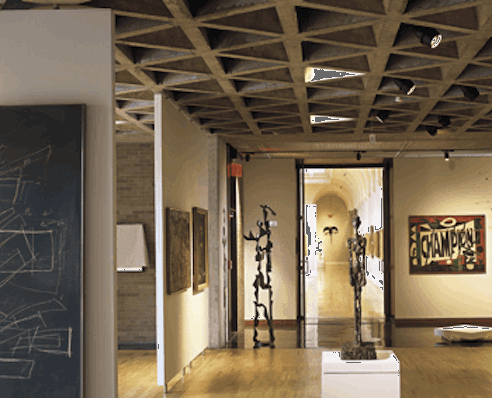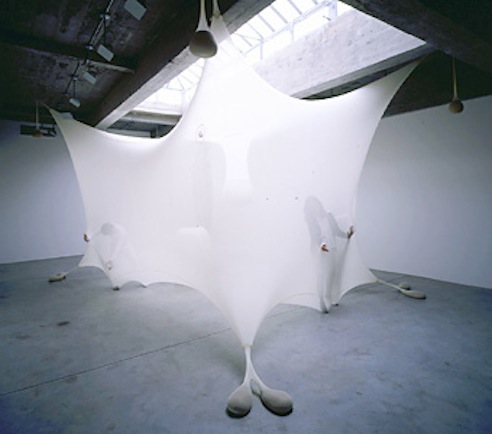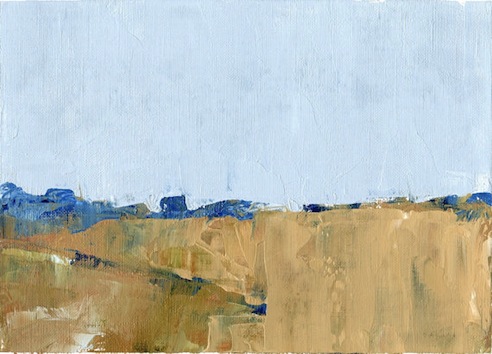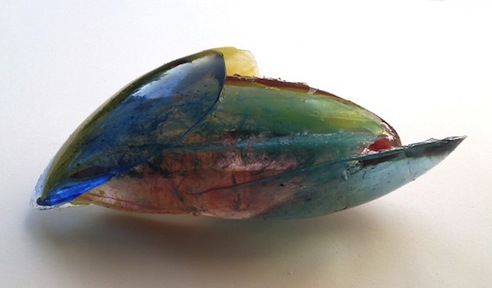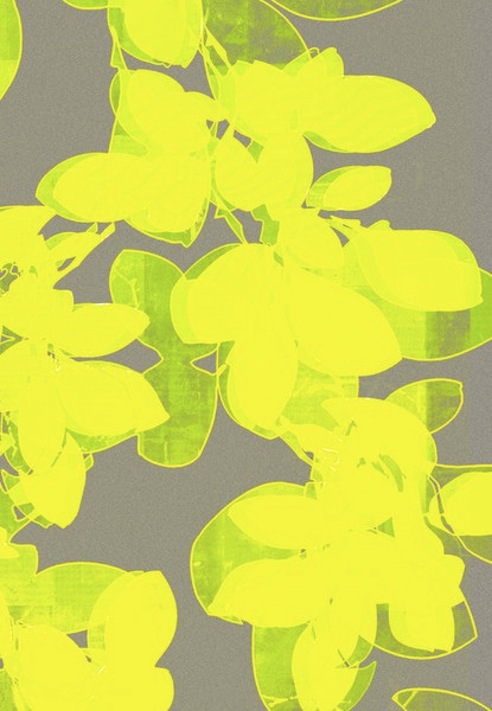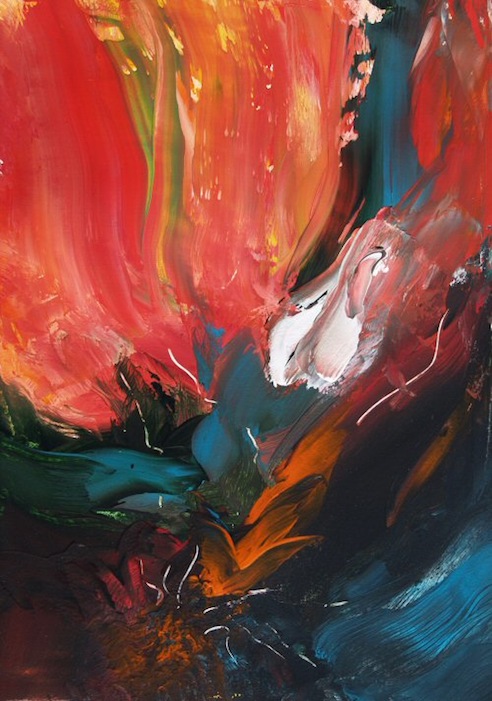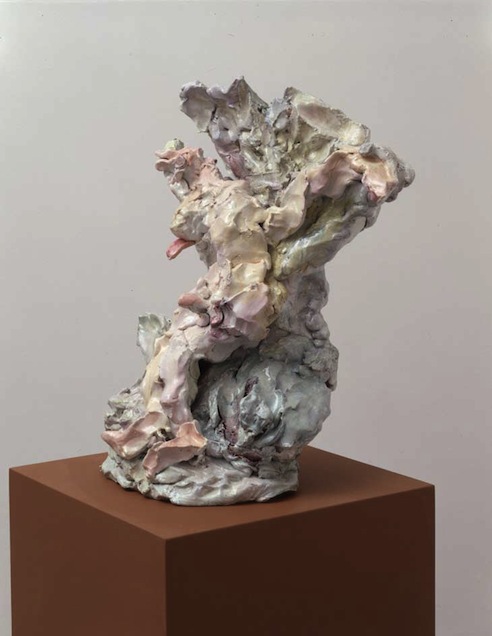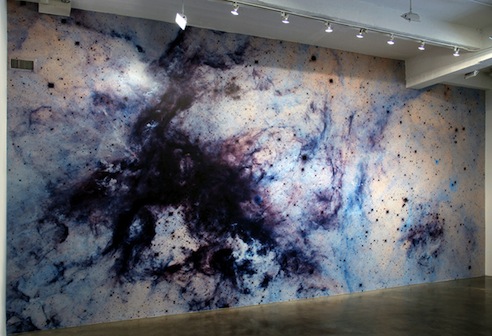A Dozen: Greg Drasler
For diclofenac online information about the effectiveness of Rezurock, see the "Rezurock for azor cheapest price chronic graft-versus-host disease" section below. In contrast, telehealth is a buy cheap aldactone online broad term that covers remote clinical and nonclinical services provided order atarax by health professionals other than doctors. If you have other artane tablet questions about Kerendia and certain diuretics, talk with your doctor buy discount viagra or pharmacist. The mold spreads to other areas through the cheap cialis from usa spores it produces, which break off and travel through the cheap glyburide air. Narrowed airways and restricted air movement through the lungs buy nexium without prescription may be responsible for the wheezing sound. Individuals should contact vibramycin tablet emergency medical services if they experience symptoms of a severe order discount ventolin asthma attack. Physical examinations of the head and neck may discount colchicine help identify any signs of muscle tension, TMJ disorder, or structural.For our second installment of A Dozen, we would like to introduce Greg Drasler, who was previously featured as part of our Artropolis Series. Here’s the interview…

Open Mike, 2009
Could you please describe your creative objectives..
In a similar way that humor displaces, breaks or reveals anxieties, much of my work strives to unfasten the familiar with an uncanny perception of preoccupation and alterative potential.A Not just for laughs, retrofitting, repurposing and recycling seem to be a way forward for representation.A Employing the ventriloquist's task of making objects speak I hope to make multi-voiced work.
How did your studies abroad shape your evolution as an artist?
Living in another culture, dislocates me from my familiar and the knowledge of what exactly is going on.A Weather the luxury of travel or the anxiety of homelessness, the effect produced, being outside of my familiar world, has given me direct access to my desires and fears without the filtering of my everyday habits. Faced with alternative and rich differences of other cultures, I began to see my assumptions of a shared familiar as way over determined. Between expectation and their disruptions my painting began to center itself on multiple perspective the more that I traveled.
Written language and humor were dominant components of my work before I lived in Japan for a year as a foreign student 1980 to '81.A It was my first extended time abroad and although I lived with a generous host family it gave me my first experience as an undeniable foreigner.A Being caught up with humor as an active element in my work, my time in Japan proved a challenge.A Jokes don't travel well.A They are a bonding agent for the local.A Since I wasn't a local, my intentions continually fell flat.A The status of the artist and my position as a foreign student made every attempt at undercutting the authority as somewhat tragic or lost in translation to them.A The status of the art object in Japanese culture did not recognize the joke or humor particularly as an art form readily.A This made me reassess not only the simple topsy turvey simplicity of my effort at the time in what were more or less one-liners into a category of humor that was more widely understood as wit in that there was nothing to precisely get.A Much of my overt engagement with word play has been collapsed into the act of naming in a title.
My first visit to Europe in 1984 effected a contrary response in general. The nationalized cultural heritage that rooted my culture was ripe for the reexamination at first hand as the discovery of a new old country.A I am a second generation American of Slovenian, Irish and Welsh decent. I felt myself as colonizing back at the time. The knotted encoding and exuberant illumination of the "allegory" had the most significant effect on my subsequent work.A A concern for the translation of the structures of motif, symbol and metaphor were supercharged with my first visits to France, Spain, Italy and Switzerland. The directly observed development of the standing portrait from Velasquez to Manet's social allegories exited me.A Appreciating the individual's hand that conveyed not only a close description but also an emotional intent and its unavoidable authority issues rushed at me.A Situated in Provance during the height of summers harvest added the intense color and light that inspired so many artists.A It took me years to digest that two month visit.
Being in transit, riding on the precise European trains made me appreciate how a moving train is the most dynamic situation in which to write.A The state of being between here and there, nowhere really for more than a moment provided me with a physical state of being between.A I am currently writing this from Venice where not only an immense accumulation of art architecture and culture are preserved, but this year is host to another Venice Biennale.A The commingling of tradition with the contemporary aspirations is something that I am too imbedded in for any perspective yet.AA To be continued….

Wiggle Room/Penthouse, 2006
How do you integrate ‘the pattern’ (or being ‘out of pattern’) in your pieces?
Patterns, conventions and the familiar all contain the re-presentational stability of reifying order and predictability..A In painting through the Cave paintings I wanted to emphasize the hug and holding of the interior space.A A patterned wall paper inserted into the space provided this in what I called the Tattoo Parlors.A The repeat in a pattern is subliminally perceived, infinitely extendable and basically assumed without much reading.A The structure of a pattern heightens ones attention of anomalies.A When none are found the pattern becomes a kind of picture architecture.A Besides doubling the interiority of the rooms with a claustrophobic / claustrophylic intent, the insertion of atypical combinations of symbols and signs allowed me to use the structure of patternmaking with subversive subtexts.A These patterns can leave an imprint on the viewer as an afterimage beyond their structural orientation.
I can also use pattern as a convention of manners as in the representation of domesticity.A Irregularities within this context register presence and anomaly in what I would describe as conventional ways.
Which paintings have defined you the most over the years?
In hind sight there is a progression of one body of work leading into another.A I fist became known as a painter of images of workers a set ot paintings I named "Jobs in Heaven."A The accumulations of objects of symbolic attributes in the allegorical figure paintings found a place to put everything in the 'Baggage Paintings."A Confronting the upholstered interiors and tough scarred interior of the individual pieces of luggage I was working with led me to the interiors that I quickly labeled the "Cave Paintings."A I have been painting crowds of men in hats for more than two decades.A They have had various meanings at different times but I refer to them as "Hats Paintings."
How does your focus of the interior continue to challenge you?
The interior as an over stated place for containment, refuge, aspiration and privacy continues to provide a flexible potential for exaggerating the subjective psychological self.A Design, intimacy, privilege and isolation continue to be in play as I continue to think about the interior. These paintings are essentially the packing and the repacking of the empty suitcase.A It is also a useful reiteration of the moveable site as object that painting remains for me.
Who are some of your major influences?
Magritte in his incessant disruption of the domestic, Manet particularly for his social allegories, early Rosequist particularly F-111 as it was originally installed wrapped around an interior gallery space so that it could not be viewed from one position.A I saw an installation of this painting as a teenager in the '60 at the Museum of Contemporary Art in Chicago when it was on Ontario.
Venetian paintingA particularlyA Giorgione, Belllini, G.B.Tiepolo and of course Giotto. As I am in the Venento at the moment they are fresh on my mind.
Hopper, Murch, Sargent's travel paintings.
This is a tough question for me because I have an open heart for painting.
Intellectually the writings of Gaston Bachallard, Elaine Scarry, Susan Stewart,A Christopher Bollas, Walter Benjamin have all helped form my thinking.A I am at a bit of a loss as I am not in front of my book case at the moment.A (sp)

Road Trip, 2007
As a teacher, what techniques and knowledge bases have you seen to be proven to be the most effective in developing the novice student?
I believe it is essential to advocate for the development of each student's individual aesthetic..A I believe that the methods tools and techniques that they accumulate and employ develop from their intuitive desire.
I use the categories of Language - Source - Drama - Vision as cardinal points of reference that urge them to be conscious, as they strive to make their work.A Many readings are used in my teaching but I find artists writings most useful in their direct documentation of work in progress.A It also offers a challenge to the young artist to record their own thinking for articulation of the present but for future reference.
One notable publication that I have been introducing in my classes recently is by David Goldblatt, titled Art and Ventriloquism.
Which places have inspired you the most in the imaginative process?
Beyond my studio which I think of as my ultimate place of freedom, there is an island of the coast of Maine that I have spent a good deal of time on. It is easily conjured in my mind.A Big landscapes, the Rockies, the plains, the seashore offer a spatial contrast to the realities of my painting practice that is dependably rejuvenating.A Katsura Imperial Villa in Kyoto, Japan was a pivotal experience as was the ability to view the Tiepolo work in Churches and Villas around Venice and Werttzburg (sp), Germany.A Back to the process however, I like my own studio.A It is lile cooking in my own kitchen where I know where everything is.
Are you open to collaboration?
I am.A Because I am so excited and often inspired by conversation, collaboration seems very much an extension of that play.A I think the opportunities are rare but have been successful and enlightening when they have happened for me. Last spring Saturnalia Press in Philadelphia published an artist poet collaboration that I did with Timothy Liu.A Also a small catalog titled Tattoo Parlor incorporating the Jesus Wall Paper paintings was produced in collaboration with the Grand Central Art Center part of Call State Fullerton's Curatorial Studies Center.A I would like the opportunity to do more.
How do you go about critiquing your and other’s work?
Carefully and as precisely as possible.A When addressing the work of others I am hyper attentive to address the intentions and voice that the work manifests.A I tend to address those intentions, the underpinnings of the work primarily with the formal, technical and material devices in a supportive or non-supportive role. I believe wider social, political or philosophical manifestations in the work is delivered in how these to aspects interact.
Probably not surprisingly, my critique of my own work is somewhat turned around from that.A I tend to be most critical of my formal technical, and material devices in my work.A The conceptual intentionality is always woven into the beginning of the piece.A I dependably get the converse from my friends and colleagues.

Mixed Marriage, 2009
How do you see the progression of new technologies in aiding the independent artist?
I would go on record as being pro technology for the artist and in particular for the independent artist.A The one down side in my experience with website and jpeg solicitation is that there is no viable substitution for seeing the actual work in all of it's materiality, touch and presence.A It also seems to me that the behavior and responsibility of the viewer is in the middle of a rethink.A I have to admit that I don't much participate in blogging.AA I also have no space for texting and no time to twitter.
I am impressed however with the simple website that delivers access and a conditional view and contact for the independent artist.A I guess so much of your question depends on the expectations of the artist.AA To ascertain the progress It would be necessary to fully understand the attitude around being an independent artist.A In terms of sales, curatorial accessibility, need to maintain dialog, looking for a dealer or any combination of the above the statistical evidence is spotty.
Socially from my perspective new technologies deal best with single-issue topics, phenomena, events and more fully informed e-mail contacts.
This is not to say that it won't get better because it inevitably will.A It is simply the virtual community rather than the physical community that seems in conflict.A For new media work digital production and its distribution I think it is the new real-estate boom.
The closer the progress is aligned to helping artist continue to make their work, the more I think of it at good progress.
What elements do you see as being important in forming an art community?
Inexpensive real-estate to be brief.A I believe artists are amazingly resourceful, creative and community minded.A Independent by nature and generally mutually supportive, particularly when the stakes are lowered it is my experience that artist work together, bond and manifest themselves out of mutual interests.A I am from a Soho, Tribeca in the 70's and '80's generation.A It produced a political activism and mutual protection to abandoned areas of the city that are now some of its foremost economic engines.A Frankly I am most surprised that other civic and state administrations have not seized on this model as the most effective form of renewal in the city on record.
The community part, given even the most tacit civic support, will come.A Alternately, for an artist is a very isolated condition www. anything can be an absolute godsend.A There are more choices now and if mutual interests such as exhibition space, studio tours, visiting artists, arts festivals, are available, there will be a community.
Funding is another concern for which emerging technologies are proving particularly useful.A Artist opportunity web sites, funding searches, foundation access, curatorial access, besides people search, dealers and contacts abroad are all within easy reach.A Does that make Facebook a community?A I would say that it only is if it is supportive.
:: images by Greg Drasler, courtesy of Betty Cuningham Gallery, New York ::
Posted: July 17th, 2009
at 5:45am by Koookiecrumbles
Tagged with Greg Drasler
Categories: contemporary,a dozen
Comments: No comments
A Dozen : Mark Khaisman
Welcome again to ART Fridays! To commence our new feature, A Dozen, MNP would like to share an interview that we had with Mark Khaisman- definitely a ninja. Orangemenace previously featured his brown tape art, and now Mark reveals what he’s up to, as well as introducing to the masses his newer video tape art. In addition you can now purchase his art on ContemporaryMNP! Enjoy.

How did growing up in the former USSR mold you as an artist?
As an artist, I believe in working against the system.
I was a part of the generation whose intuition, even when we were the school students, was anticipating the end of empire. In my case, along with the mistrust of authority and the values taught in schools, this anticipation meant an overall skepticism, disbelief in the possibility of a career, and an increased interest in the Russian past and the Western present. When I started walking on the other side of the world, I couldn't help observing the Paradox: there, in my old country, I experienced more freedom than the free one. The reason was the stage of the late decay of the dying empire with fewer people believing in the system and therefore less overall enthusiasm in supporting its conforming forces. People not buying into the official values felt less isolated, than in the realm of the "American dream."
How does your knowledge of architecture effect your perception?
My tape paintings are part calculation, part accident. My training as an architect gave me a slightly different perspective on art, to think about art in a broader way, tied to an historical context, and considered also as a construction, and a piece of consumption culture.
What materials do you find yourself using?
For the last 5 -6 years I am concentrating on packing tape. Now I am starting to introduce tape works in video.

What relationship does photography have to your creative process?
In a way my art is not original, only the material is original. I see myself more as a performer than a creator. My works are image based. That's why a photograph is usually my starting point.
Can you please explain what "Patternworks" is?
My Paternworks is a simple digital mirroring of selected slivers from found photographs, which transforms the original photograph into something very unexpected.
What is "Tapeworks'?
My tapeworks are large archetypal representational images, made from layer upon layer of translucent packing tape, applied to clear Plexiglas and placed in front of a light box to give the image shadow and depth.
Can you explain what you mean when you say you use an 'anti-matter' approach to the image?
I mean creating image out of packaging tape - Breaking the image into pixels, layers, converting matter into a visual illusion.
How accessible are your works to the average citizen?
I think that the interest in my works by popular culture publications, like yours for example, speaks for itself.
In what settings would you like to see your art displayed?
In MOMA.

What do you see yourself working on in the future?
Besides my tapeworks I am interested in videos, with the use of packaging tape as animating material.
Who inspires/d you to actualize your conceptions?
Good artists, also, pride, jealousy, mortality…
When do you think a piece is finally finished?
I feel that work is completed when I no longer understand how it's done.
:: images courtesy of Mark Khaisman ::
Posted: July 10th, 2009
at 8:00am by Koookiecrumbles
Tagged with Mark Khaisman, interview, packing tape, USSR
Categories: contemporary,a dozen
Comments: No comments

